Why stick rusty nails under raspberries? Objective facts about chlorosis and its treatment
For many garden plants, chlorosis is a huge threat - it is easily tolerated and can infect the entire area. Fortunately, chlorosis is treated quite successfully and quite simply. Usually 4 treatments with iron-containing solutions are enough.
The main symptoms
One of the most noticeable signs is yellowing of the leaves. There are others, but they are not so striking:
- raspberries begin to grow much slower,
- shoots look frankly unhealthy,
- berries grow small, dry and inconspicuous, instead of ripe, appetizing and juicy fruits.
Symptoms are similar to a variety of other infections and disturbed growing conditions. Because of this, the diagnosis is often revealed too late.
There are two types of chlorosis:
- physiological,
- infectious.
The latter is the most dangerous for landings.
Chlorosis physiological
Physiological chlorosis, also known as non-viral, is most commonly caused by inappropriate growing conditions. The reasons may be different:
- Lack of vital nutrients - boron, manganese, iron and others.
- Additionally, the situation is complicated by weather conditions - excess or lack of sunlight, humidity.
- In some cases, chlorosis affects the leaves if the raspberry is watered with cold water - some novice summer residents water the plants directly from the well, instead of filling suitable containers and waiting for the water to warm up.
Treatment is to eliminate the source of the problem:
- Reduce or increase watering.
- Change soil characteristics, in particular pH. 5.8-6.7 is ideal for raspberries. Measure the acidity, for example, with a nitrate meter or litmus strip. If the acidity is above normal, alkalization is needed. Regular application of clean wood ash under the bushes will solve the problem.
- Also, in order to strengthen the leaves, it is advisable to use a weak nitrogen fertilizer. Experienced summer residents often use bird droppings diluted in water in a ratio of 1:12.
Important
It is undesirable to use clean compost or manure - due to the sharply increased amount of nitrogen in the soil, chlorosis begins to develop even more actively.
Infectious chlorosis
Infectious chlorosis can cause even an experienced gardener a lot of problems; it poses a considerable danger to most raspberry varieties bred both in Europe and America.
Symptoms are slightly different from physiological chlorosis:
- first, small veins turn yellow on the leaves, as a result of which the entire leaf is covered with a fine mesh;
- in some cases, yellow spots appear, due to which the leaves curl and dry out.
This difference in symptoms is due to the existence of several strains of the virus. As a result, making a correct diagnosis is not always easy. In addition, the situation is complicated by the fact that the symptoms may be weaker or stronger. It already depends on the growing conditions and the immunity of raspberries.
Ways of transmission of infectious chlorosis:
- insect pests (thrips, aphids and others),
- vaccinations,
- infected seedlings planted on the site.
If measures are not taken in a timely manner, the disease quickly takes over the entire area.
We treat infectious chlorosis
A sure way to defeat infectious chlorosis is to increase the iron content of the soil. For this, special preparations are used in which the trace element is in an easily digestible form. It is enough to make three or four feedings.
After that, the intensity of photosynthesis increases, the leaves again acquire a rich green color.
How to process
The simplest remedy is iron vitriol. It is sold in many country shops and is very inexpensive. Simultaneously with it, it is advisable to use complex fertilizers, including potassium, in order to support and feed the flowers.
The chelate gives a faster effect. It's pretty easy to prepare it:
- 2 liters of hot water (not boiling!),
- 8 grams of ferrous sulfate,
- 5 grams of citric acid.
First, acid is diluted in the water, and only after that ferrous sulfate is added. It is normal for a precipitate to form when stirring.
With the resulting solution, you need to process raspberries affected by chlorosis - just spray the leaves, carrying out foliar (faster) feeding. The result becomes noticeable within a day - the natural color returns to the yellowed leaves.
Advice
You can store the chelate for several months, using it if necessary.
Chlorosis prevention
To prevent chlorosis, you need to start by choosing seedlings and a plot:
- In regions where chlorosis outbreaks are often observed, it is advisable to plant raspberry varieties with high resistance to the disease. For example, Firebird, Polka and a number of others.
- You also need to choose the right site, avoiding lowlands, especially on clay soils - moisture accumulates here, an excess of which is often the cause of physiological chlorosis.
- Experienced summer residents also recommend to regularly loosen the soil - air easily passes into it, taking away excess moisture.
- Finally, don't forget to fight the weeds. After all, they are quite often inhabited by pests that are carriers of infectious chlorosis.
Should I use rusty nails?
Some summer residents of the old school in the spring stick rusty nails into the ground near each raspberry bush. It is believed that iron oxide is easily absorbed by raspberries and can reduce the risk of chlorosis.
On the one hand, this method really has a right to exist. After all, iron really will gradually pass into the soil and be absorbed by the bushes. Moreover, a medium-sized nail will last for many years, which means that you do not have to treat the raspberry with special preparations every year. On the other hand, the risk of stepping on a rusty nail in the summer while walking barefoot through a raspberry tree or in light slates is not a very pleasant prospect. But with seasonal hilling, it may well turn over and cause serious problems.
Raspberry chlorosis is extremely dangerous in its spreading rate, but, fortunately, it is quite easy to treat. The branches do not need to be cut and burned - a few treatments with copper sulfate are enough. Yet the best treatment is prevention. Take care of loose, moderately acidic soil, proper moisture and feed with iron in the spring - this will be enough to enjoy tasty and large raspberries in summer.
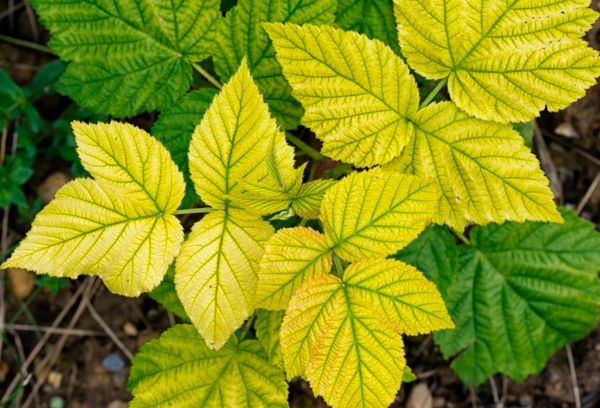

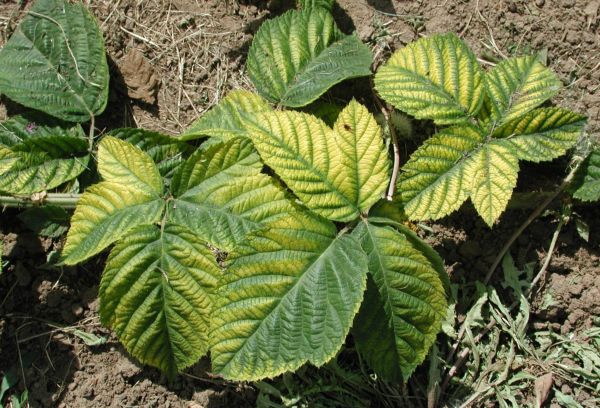
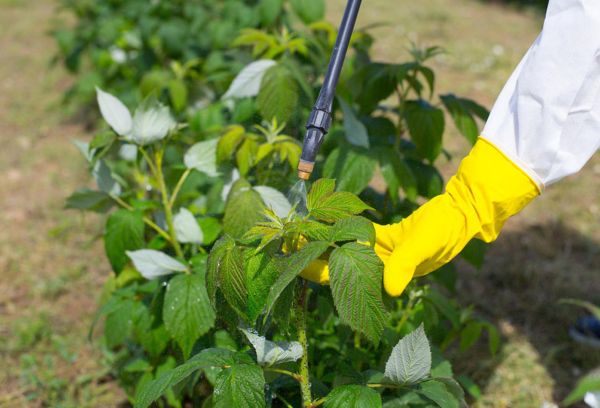
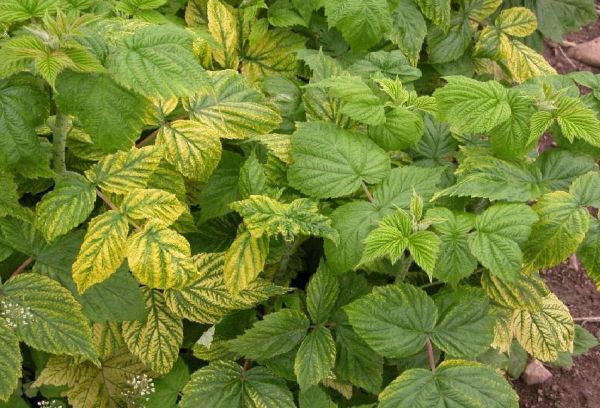
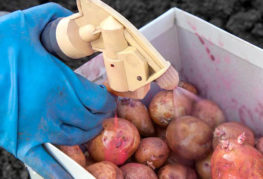
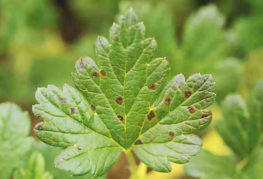
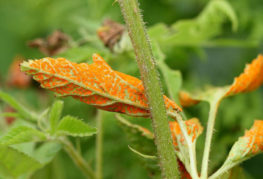
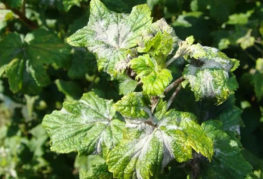

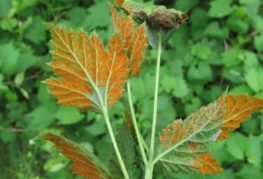
and will be published shortly.